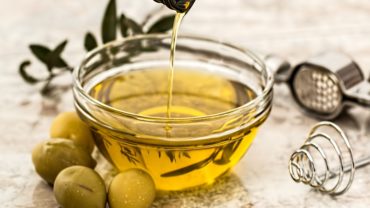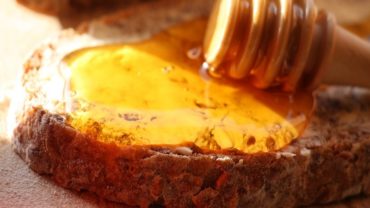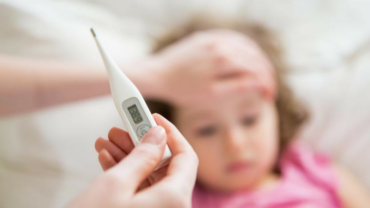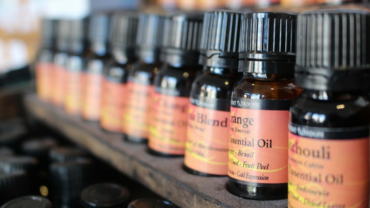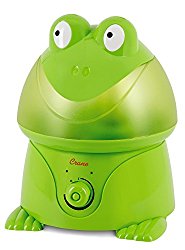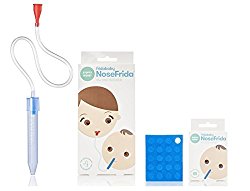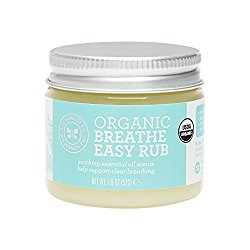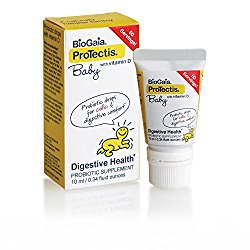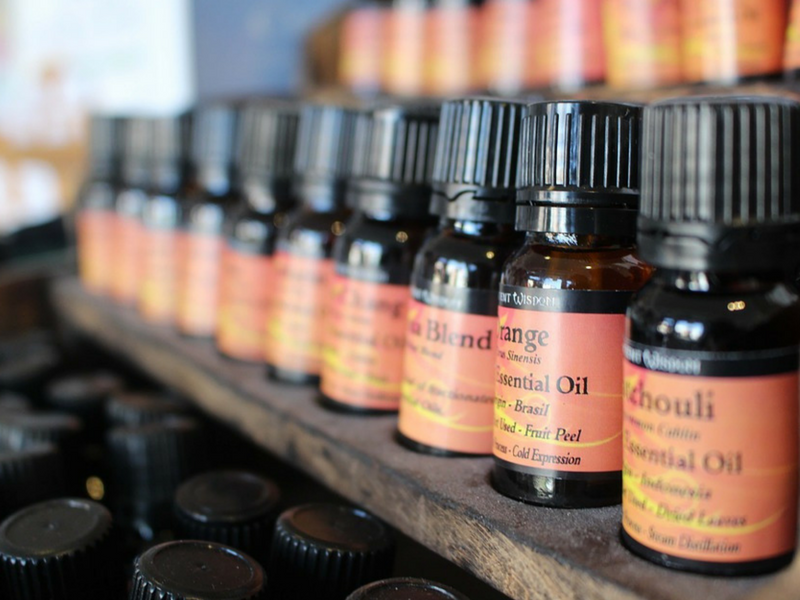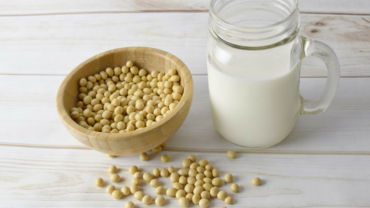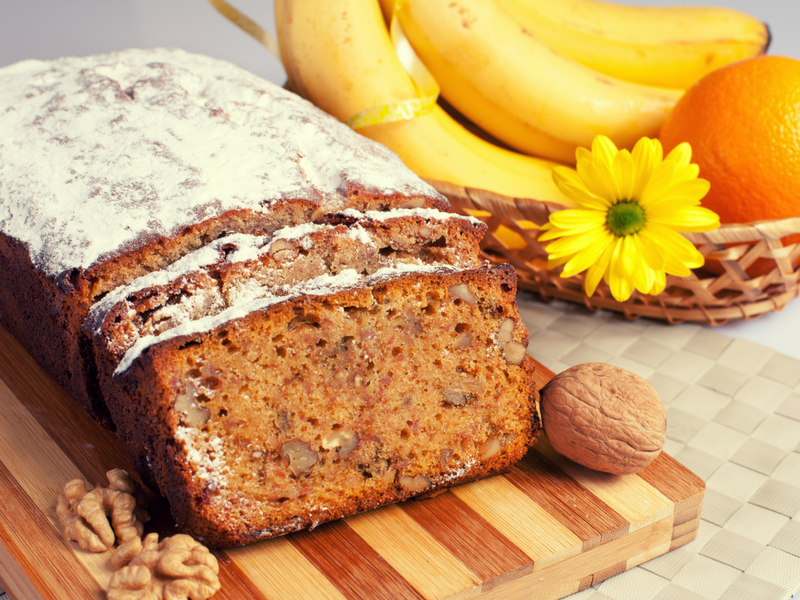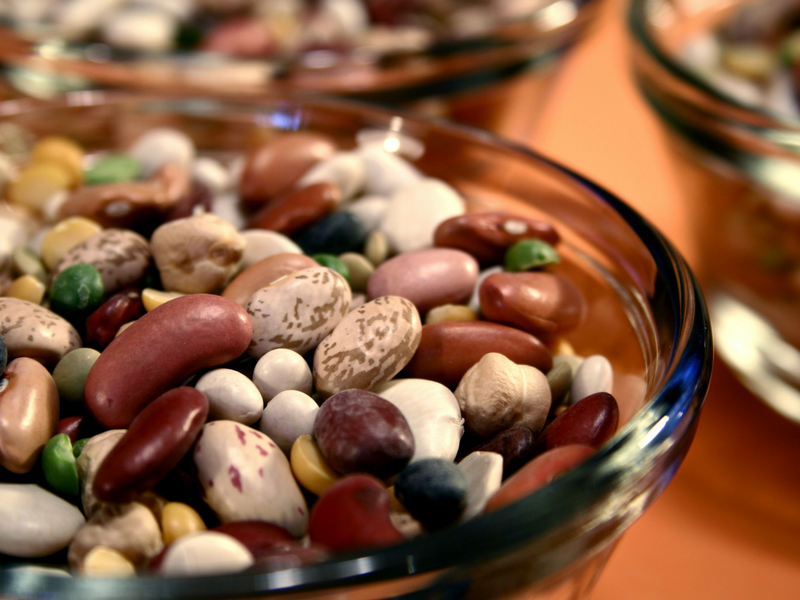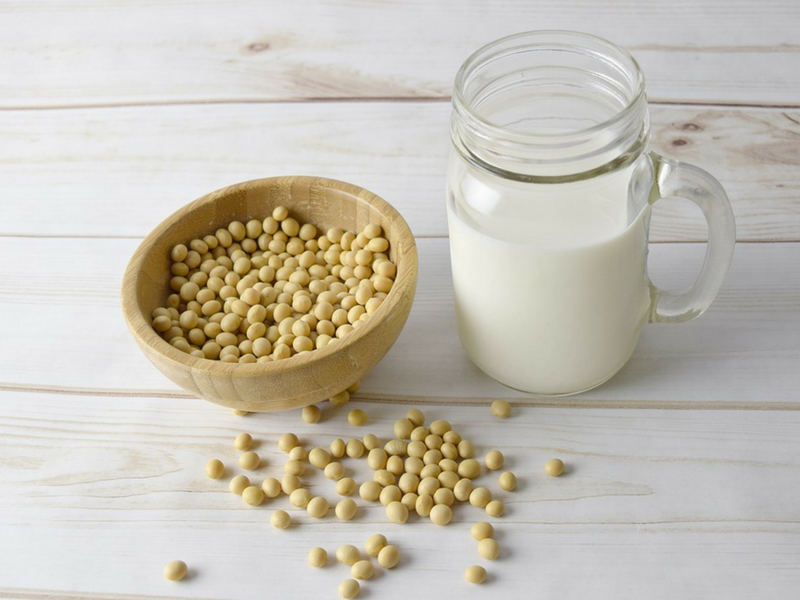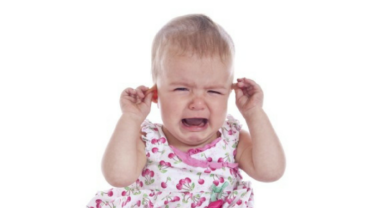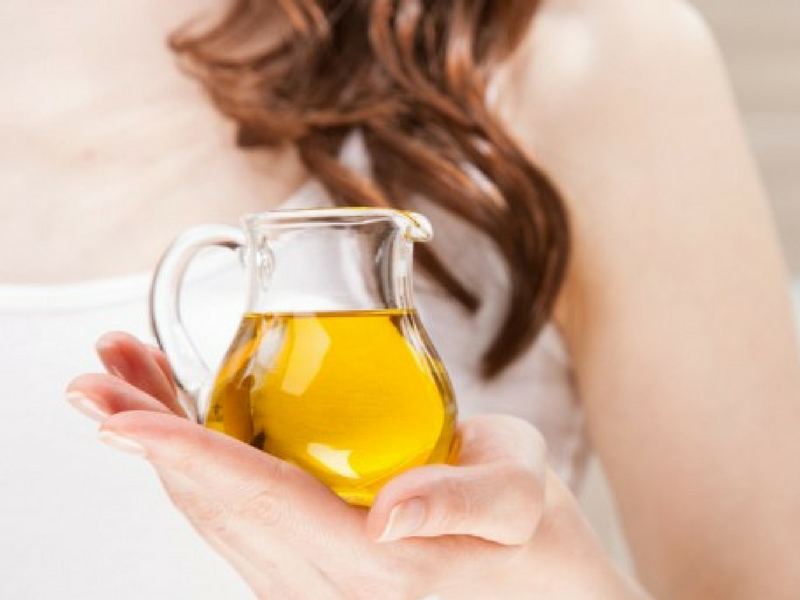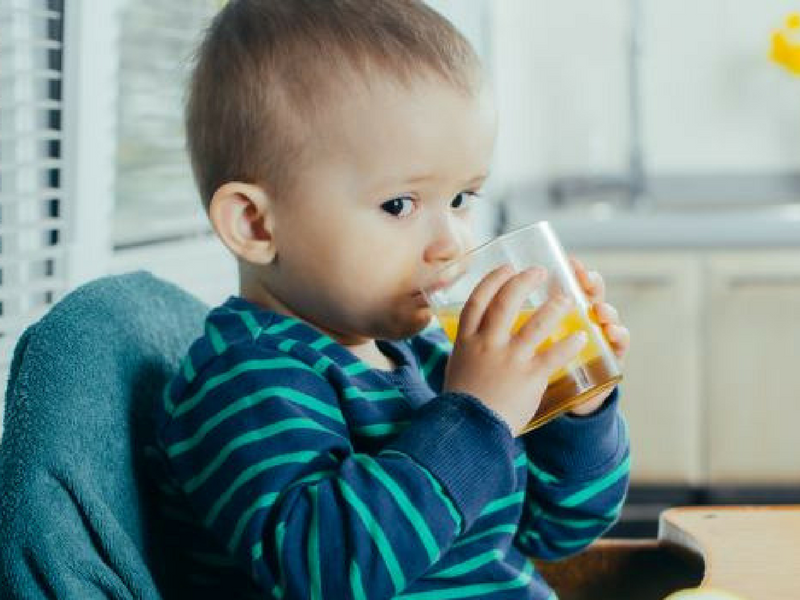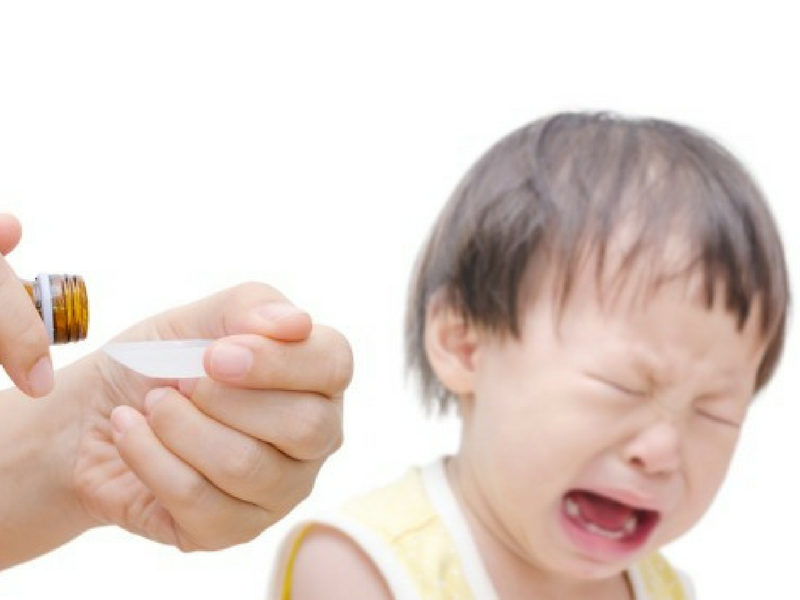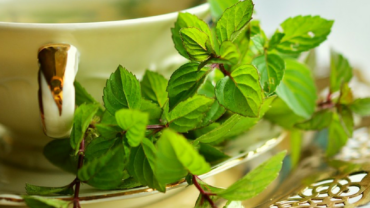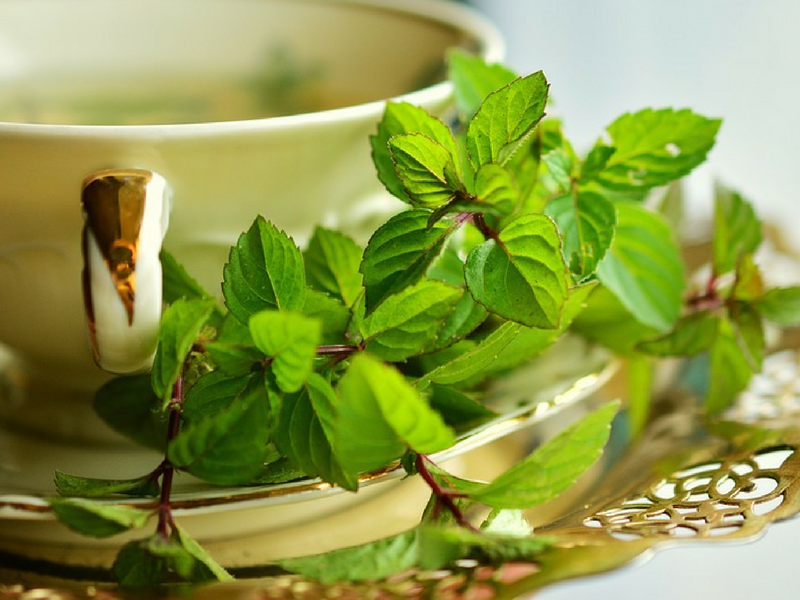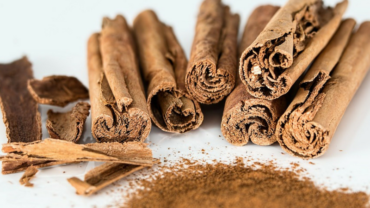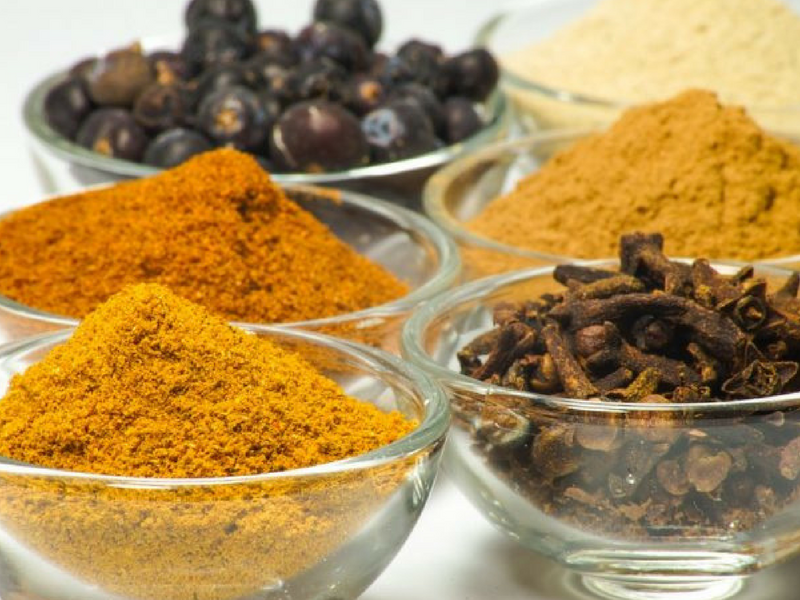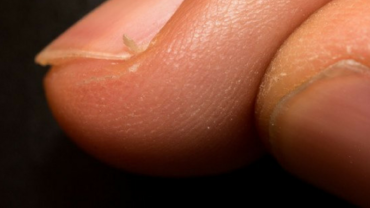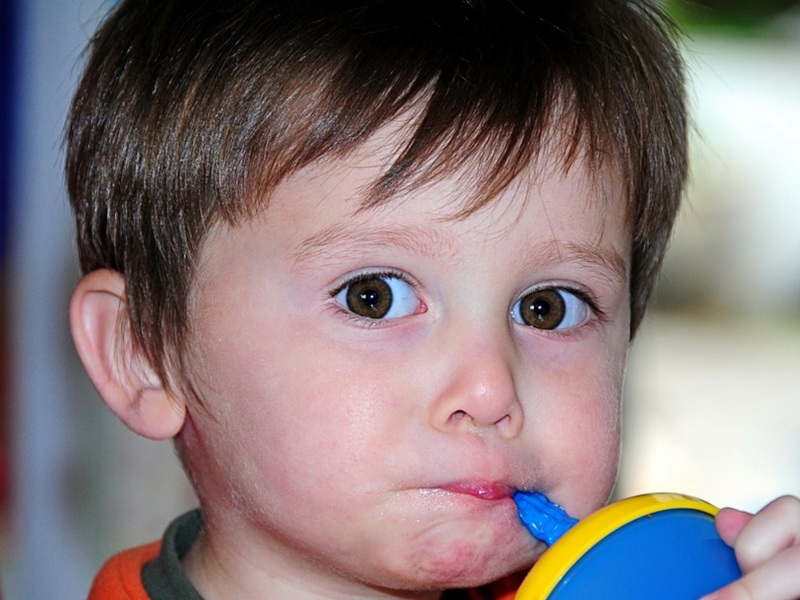via Stylecraze: Olive oil is renowned for its wide array of benefits for your skin, hair, and health. In fact, this multipurpose oil can be consumed as well as applied topically on your skin and hair. The beneficial qualities of olive oil make most of us presume that it is good for our babies as well. But is it really so in all cases? The question needs to be answered as there is a big difference between adults and babies in terms of their skin, hair and health conditions.
Is Olive Oil Safe For Babies?
As we all know, infancy is a tender stage of life. Babies are extremely delicate and sensitive. They require special attention in all aspects of their health, be it their diet, skin or hair. When it comes to massage oils, it is important to remember that oils, which have proven to be beneficial for your skin and hair, might cause allergic reactions when applied to your babies. As far as olive oil is concerned, it is considered as a safe bet for babies. However, it is possible for your baby to be hyper sensitive or allergic to this oil. So if you are thinking of using olive oil for your baby, you need to have a look at the possible benefits and side effects that can be caused by this oil.
1. Olive Oil For Baby Massage:
Lots of people all over the world use olive oil for massaging their babies without any adverse effects whatsoever. It promotes relaxation, reduces instances of crying and has a positive influence on the hormones that control stress in your baby. Olive oil has a high content of oleic acid and lesser amount of linoleic acid. While linoleic acid strengthens your baby’s skin barrier, oleic acid increases the permeability of some layers of the baby’s skin.
The safety concerns of olive oil for massage depend upon the condition of your baby’s skin. If your baby’s skin is more permeable, then olive oil and water can be easily absorbed into it. Generally, no side effects or hazards are reported from the usage of olive oil on baby skin.
2. Olive Oil In Case Of Skin Problems:
Is olive oil good for baby skin? As stated above, olive oil can be safely used on the healthy skin. But, the same does not hold true if your baby’s skin is damaged. For example, if your baby has eczema, use of olive oil can worsen the problem as the oleic acid in it can increase moisture loss through your baby’s skin. Even if you have a family history of eczema or dry skin, you need to exercise caution. It would be better to avoid using olive oil as it might trigger this problem. It is advisable to follow the instructions of your physician in such a case. For sensitive skin of babies, baby mineral oils or vegetable oils that are high in linoleic acid are a better option.
3. Olive Oil In Baby’s Diet:
Olive oil is considered as a great option when it comes to cooking because of its rich nutritional value incorporating monounsaturated fats, Vitamins A, C, D, E, K, B vitamins as well as antioxidants. But, is it safe to iinclude olive oil in baby food?
Well, olive oil can be used in baby food but only after 6 months of age. Besides, when using olive oil in baby food recipes, it is advisable to stick to extra virgin olive oil as it, being the purest form of olive oil, contains greater amount of antioxidants. The oleic acid present in olive oil enables the growth and development of your child’s brain. It also possesses anti-inflammatory properties, which help prevent and reduce the severity of asthma. However, excess consumption of olive oil can cause diarrhea, so ensure not to use more than ¼ teaspoon of olive oil in 2 ounces of baby food.
4. Olive Oil To Treat Constipation:
Olive oil, being gentle on your child’s stomach, is often used as a laxative for curing constipation. However, excess consumption of olive oil can cause diarrhea. So it is advisable not to use olive oil as a home remedy to cure constipation in your baby. It is always better to get their constipation treated by a physician.
5. Olive Oil For Baby’s Hair:
Olive oil can be used to strengthen your baby’s hair and soften frizzy and coarse hair. Olive oil offers an effective natural remedy to remove cradle caps in infants. Cradle cap can be defined as a form of dandruff that causes a layer of dry flaky skin to form on the baby’s head shortly after birth. Severe cases may lead to the formation of oily yellow patches on the scalp. Olive oil can be used to loosen this cradle cap. All you need to do is cover the cradle cap with a thin layer of olive oil, massaging it with a soft brush or wash cloth. Allow it to sit for 10-15 minutes. Now wash off with a baby shampoo and rinse with warm water. You need to wash the scalp 2-3 times to remove the oil completely. This is a painless and easy method to get rid of cradle caps.
6. Olive Oil To Treat Diaper Rashes:
Diaper rashes are a common problem among babies—common but rather uncomfortable. Olive oil can help combat diaper rashes. You can mix 2 teaspoons of extra virgin olive oil with 1 teaspoon of water and whip this mixture thoroughly. Apply this emulsion on your baby’s bottom. This will erase the rashes and prevent their recurrence.
No matter how safe olive oil is considered to be, but it is always better to follow your doctor’s advice when it comes to your baby’s health.
When used right, olive can give your baby a multitude of benefits, without causing any side effects. So, do try it!


